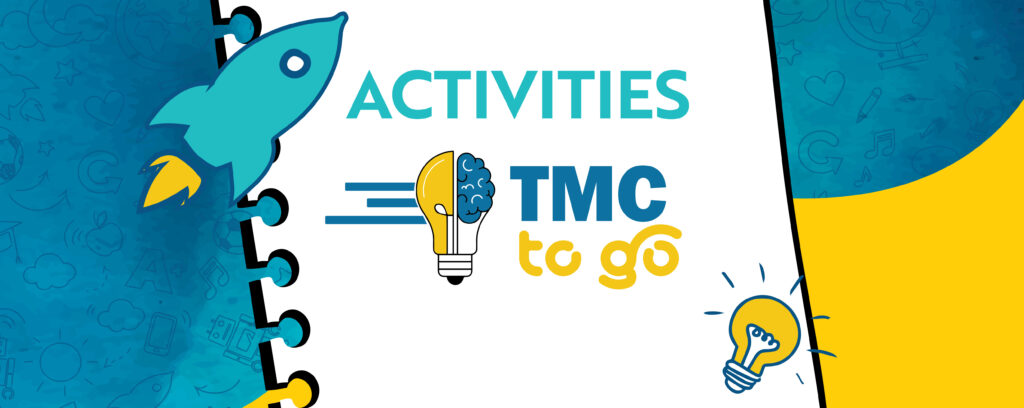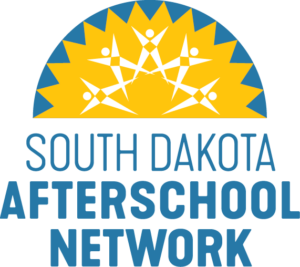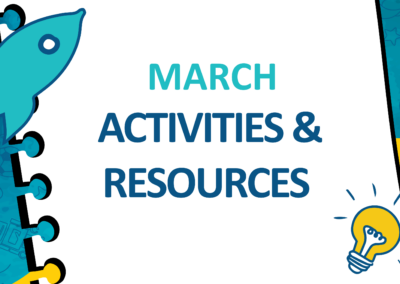Activities
-
- 3D Printing by Hand: Students will explore how 3D printers work. Then, working in pairs, they will use the same methods used by 3D printers to create a 3D model of an object. This comes with a video for educators and a complete lesson plan.
- Experiment with Parachutes: In this aerodynamics science project, kids test whether the size of the parachute is important for slowing down the speed of the fall. They make a series of parachutes from small to large and test how quickly they fall from the same height.
- Marble Run Kit & Caboodle Activity: Don’t be misled by the word “kit” in the title! This activity plan uses easy to find materials to make a marble run (think marble roller coaster!). The “kit” is a complete lesson plan and video.
- 12 Great Ideas for Engineers Week: These quick, easy to implement, and fun activities highlight design process and engineering principles. Materials are easy to find at the grocery store or in the afterschool setting.
______________________________________________________________________

Click on the links below to access curated mini units of STEM-based curriculum from SDAN.
Activity Guide: Getting Electric
Activity Guide: Inside My Body
Activity Guide: Building Great Structures
Activity Guide: Harnessing Air
Activity Guide: City Build 2040
Activity Guide: Star Wars
Activity Resources: Native American Heritage Resources
Activity Resources: Spooky Science Resources
Resources
Transformative Practices
The Million Girls Moonshot aims to raise awareness of the following four research-based practices — Equity and Inclusion, Engineering Mindsets, Role Model, Mentors, and Families, and STEM Pathways and Transition — proven to remove barriers to access and quality STEM learning experiences. Resources, toolkits, blogs, and activities that elevate these four Transformative Practices can be found below and on the Million Girls Moonshot Toolkit
Equity and Inclusion
- Access to STEM Framework: To improve the overall quality of out-of-school STEM programs, we need to address how program providers design and implement programming to increase access in STEM for youth who have been underrepresented in the STEM fields. Partnering with the National Girls Collaborative Project (NGCP) and national experts, we have developed an Access to STEM Framework — a guide for supporting program providers in this transformation. Download the Framework. Dive into the three main components of the Framework below:
- Increasing Access – Strategies that address barriers to participation and build on the experiences within the community.
- Youth Centric – Strategies that build on the specific strengths, needs, and challenges of youth.
- Skill Development – Strategies that are personally relevant to youth and enable them to develop STEM and 21st century skills.
- The Black Girls Create Project: A Pilot Culturally Responsive Informal STEM Learning Program: The program model encourages (1) the use of social history (i.e., learning about Black women’s contributions to STEM), (2) culturally responsive instruction (i.e., anchoring STEM learning within the cultural context of girls’ lives), (3) mentorship from young, diverse scientific role models, and (4) the development of transferable STEM skills through design and digital fabrication.
- NGCP Webinar: Choosing Toys to Inspire Young Girls in STEM – Science and engineering toys have a long history of being marketed to boys. Now, toy designers – and the parents and caregivers purchasing toys – are moving toward more equitable options regarding STEM toy offerings and the type of play that young children are encouraged to engage in. In this webinar recording, learn about research, resources, and innovative new toys to support girls’ playful learning of the STEM skills they need to reach their full potential.
Engineering Mindsets
- Engineering Mindset Overview: An engineering mindset refers to the attitudes and thinking skills associated with engineering — using a systematic engineering design process, considering real-world problems, applying math and science, and working in teams. The Moonshot focuses on 10 engineering practices. An overview of each practice follows and subsequent briefs will explore each one individually.
- Engineering Design Process: This resource helps educators understand the design process and how to facilitate engineering activities with youth in their programs. Offers printable posters and resources to display in the classroom.
- What is Engineering Design and the Engineering Design Process: One stop shop for Engineering including what is engineering, who are engineers and what they do and the Engineering Design process including videos and posters to help explain the process to youth and where to start.
- A Million Miles Away Viewing Guide: NGCP developed an Educational Viewing Guide to accompany the film A Million Miles Away to support families, educators, and youth themselves to explore a range of STEM concepts and ideas related to space while also taking time to reflect on their dreams and future aspirations. The guide includes discussion questions for elementary, middle, and high school audiences, hands-on activities, and resources for families, youth, and educators to continue exploring space-related STEM concepts, projects, and careers.
Role Models, Mentors, and Families
Role models, mentors, and family engagement in a young person’s STEM education leads to increased interest, greater self-confidence, and ultimately a stronger STEM identity. Developing a science-related identity increases the likelihood that students will work toward developing science literacy, or even pursue a career in a science or STEM-related field.
- Role Models Matter and Mentoring Works!: The National Alliance for Partnerships in Equity believes that one of the most effective ways to encourage students to consider nontraditional careers is to introduce them to diverse role models, particularly role models. This webpage serves as a resource for educators seeking STEM role models and mentors for their students.
- Women of Color in STEM: The Past, Present, and Future: Learn about women who were ground breakers in STEM, organizations that support women in STEM and are approachable by educators, conferences, and a description of the educational path to STEM.
- 50 Black Women in STEM You Should Know About: Learn about 50 amazing women who are role models for success in STEM. Photos, biographies, and links to additional information can be found here.
- STEM Family Engagement Planning Tool: A planning tool to support programs in uplifting and empowering all youth and families in STEM.
ASSETS FROM THE IF/THEN® COLLECTION
- Adriana Bailey page, including profile, videos, images, and other assets.
- Bea Mendez-Gandica page, including profile, videos, images, and other assets.
STEM Pathways and Transitions
Research tells us that continuous engagement and exposure rather than limited one-time opportunities are needed to nurture the interest and motivation necessary for children to pursue STEM pathways long term. The Moonshot aims to understand and support transitions and handoffs that remove barriers for youth by connecting STEM learning across ages and settings, ensuring youth interest and motivation persists.
- Possible Futures — Career Exploration Curriculum: Open source curriculum that complements and enriches both school and afterschool settings 1) expanding career awareness through authentic experiential learning opportunities; 2) encouraging students to explore their diverse interests, talents, and options; 3) enlivening STEM subjects by bringing in real-world and career contexts; 4) empowering students to develop vital employability skills; and 5) engaging students in making informed choices.
Below are some adaptations of the Possible Futures Career Exploration Curriculum specifically for afterschool and summer programs:
- Career Literacy: Three units that combine the units Skills for Success and Lenses on the Future (from Possible Futures Career Exploration Curriculum). The units also provide a model for aligning Possible Futures with state Career Literacy Standards and the development of required individual student postsecondary plans.
- Growing Myself: Twelve lessons that combine the Self unit from Lenses on the Future and the Growth Mindset unit from Skills for Success from the Possible Futures Career Exploration Curriculum.
- The Connected Learning Research Network: Reflections on a Decade of Engaged Scholarship: This report from the Connected Learning Research Network (CLRN) presents a vision for understanding and revitalizing the ways in which we support learning during these changing times. This report synthesizes a varied set of content and perspectives: empirical research on the changing landscape of new media and learning, design principles, evaluation approaches, learner and case studies oriented to identifying and spreading positive innovations.
- Toolkit: Brokering Youth Pathways: A Toolkit for Connecting Youth to Future Opportunities: A Hive Research Lab toolkit to explore the various ways in which out-of-school educators and professionals have approached the challenge of brokering – supporting the identity development, social capital building and long-term, interest-driven learning across settings actively connecting program participants to new learning opportunities.









